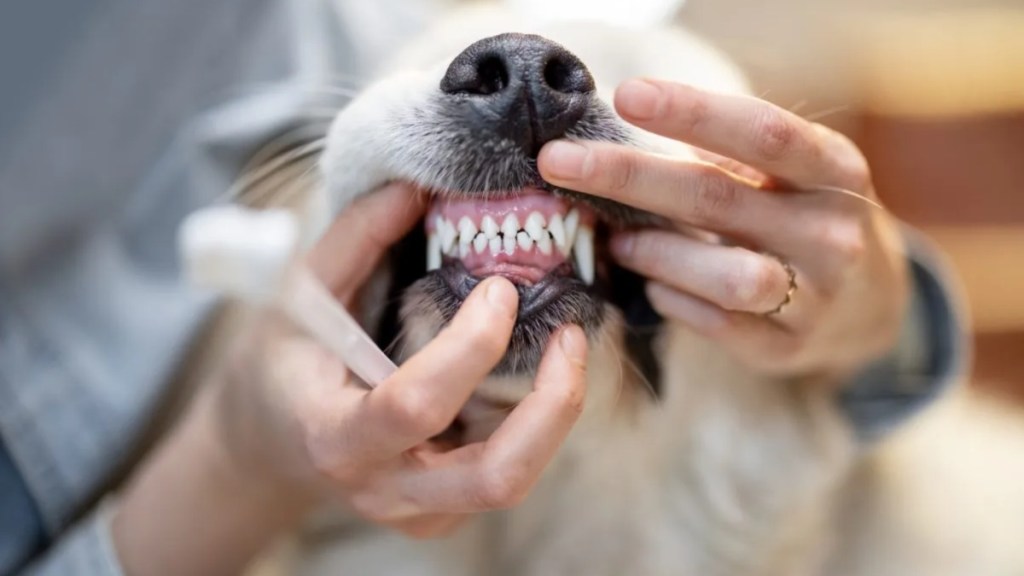Dog owners are being warned about a unique dental condition known as “shark teeth,” affecting around 7% of canines globally. Officially termed Persistent Deciduous Teeth (PDT), this condition emerges when a dog retains their baby teeth, leading to the presence of two sets of teeth occupying a single gum line. Moreover, this phenomenon could potentially lead to serious dental complications, including…

A British woman has died after being “scratched” by a puppy in Morocco, with an inquest being filed into her…



